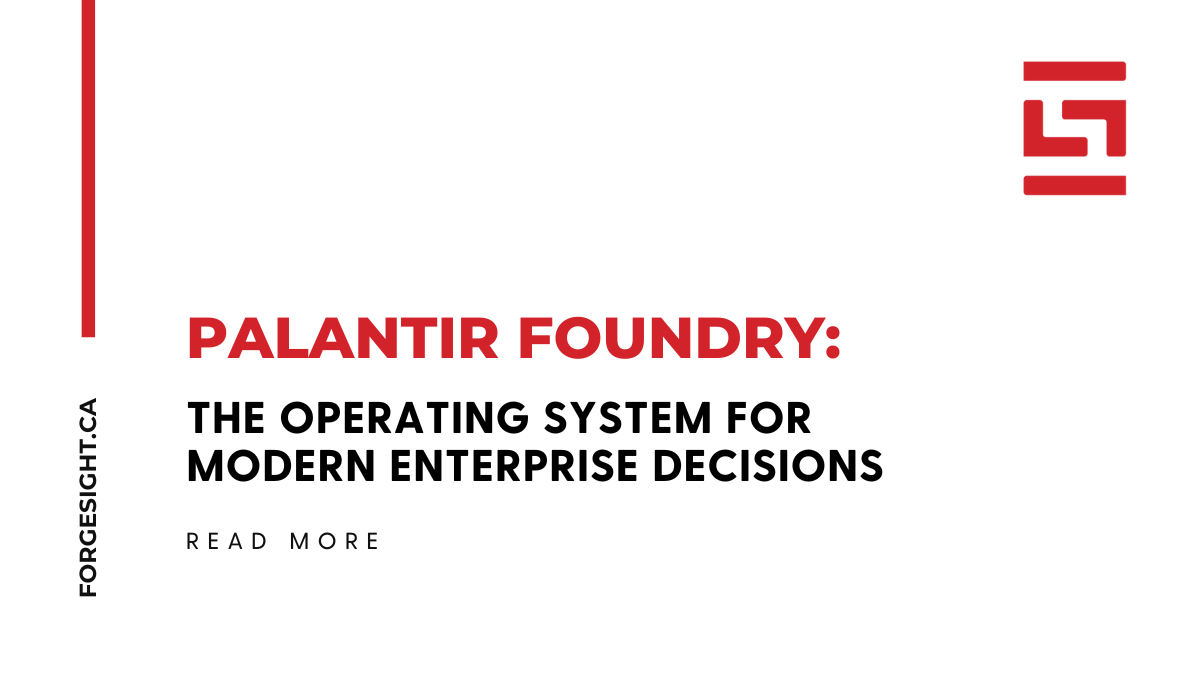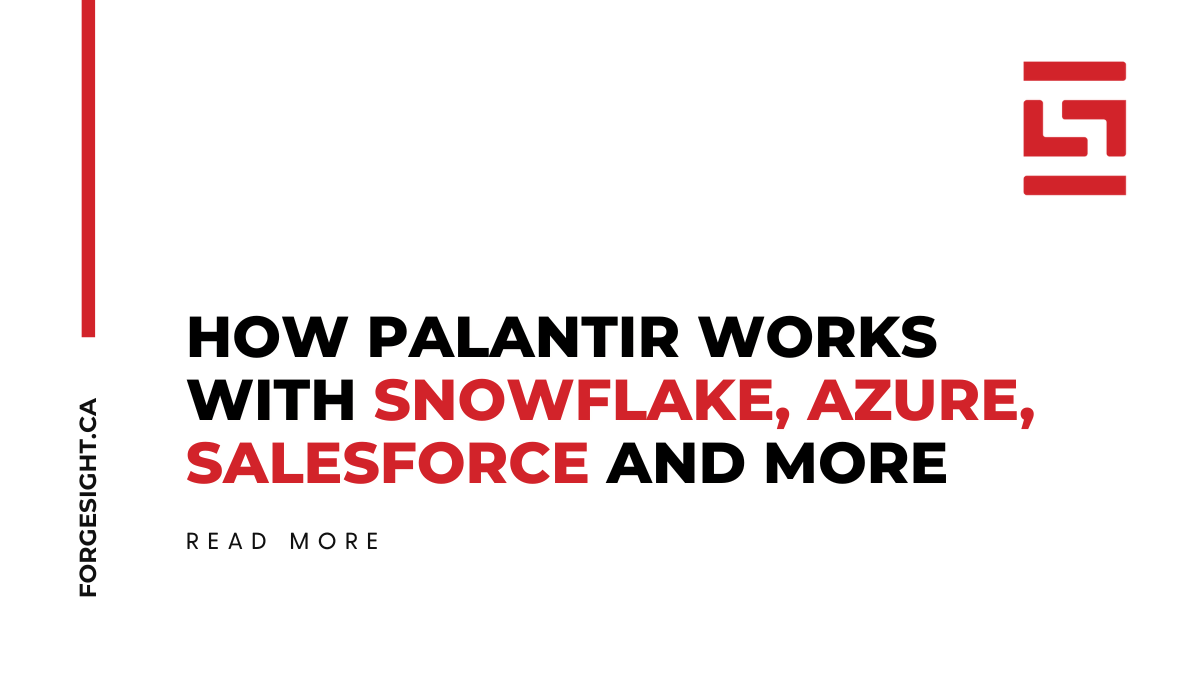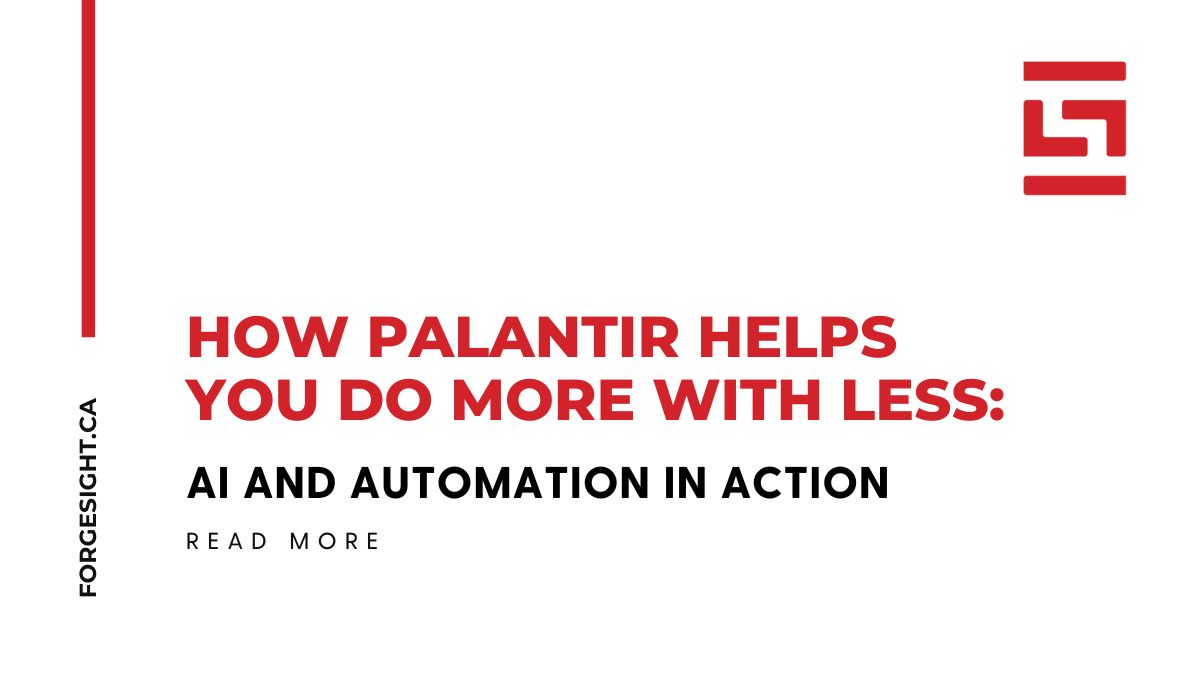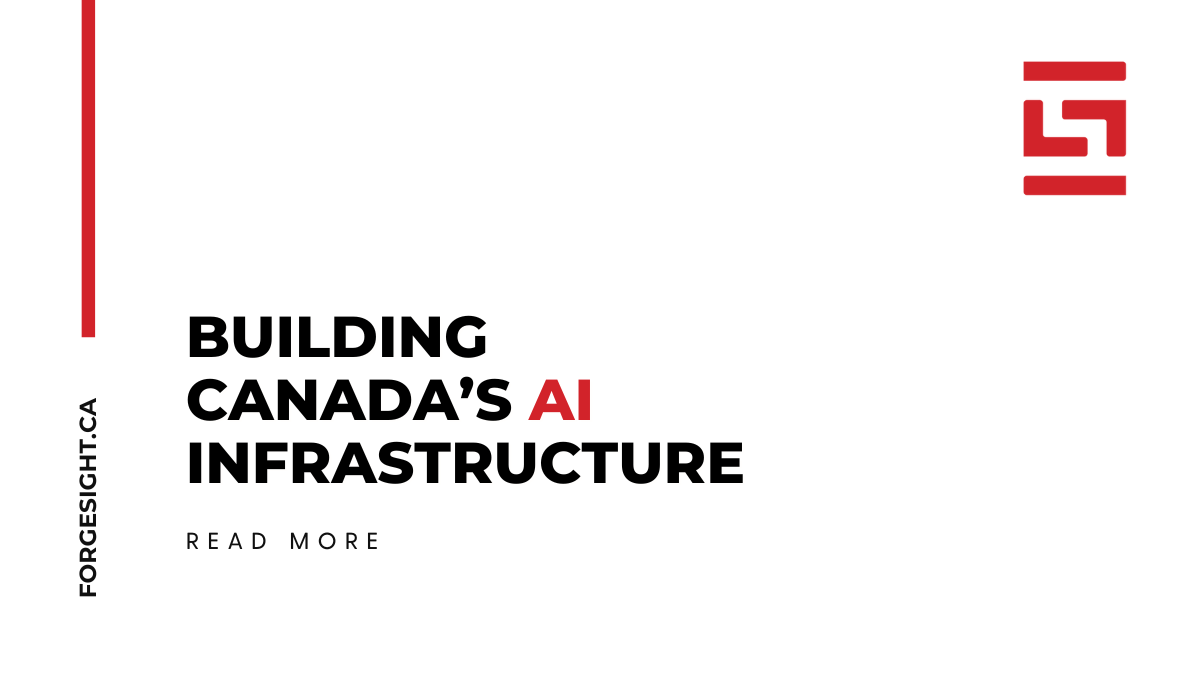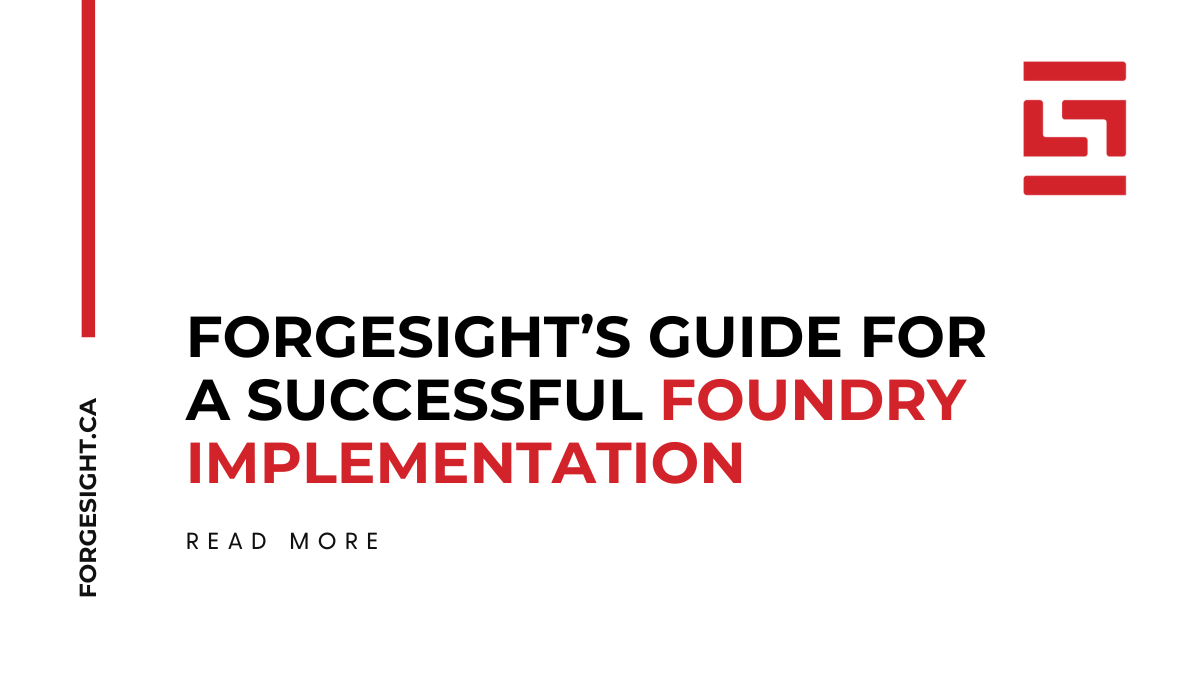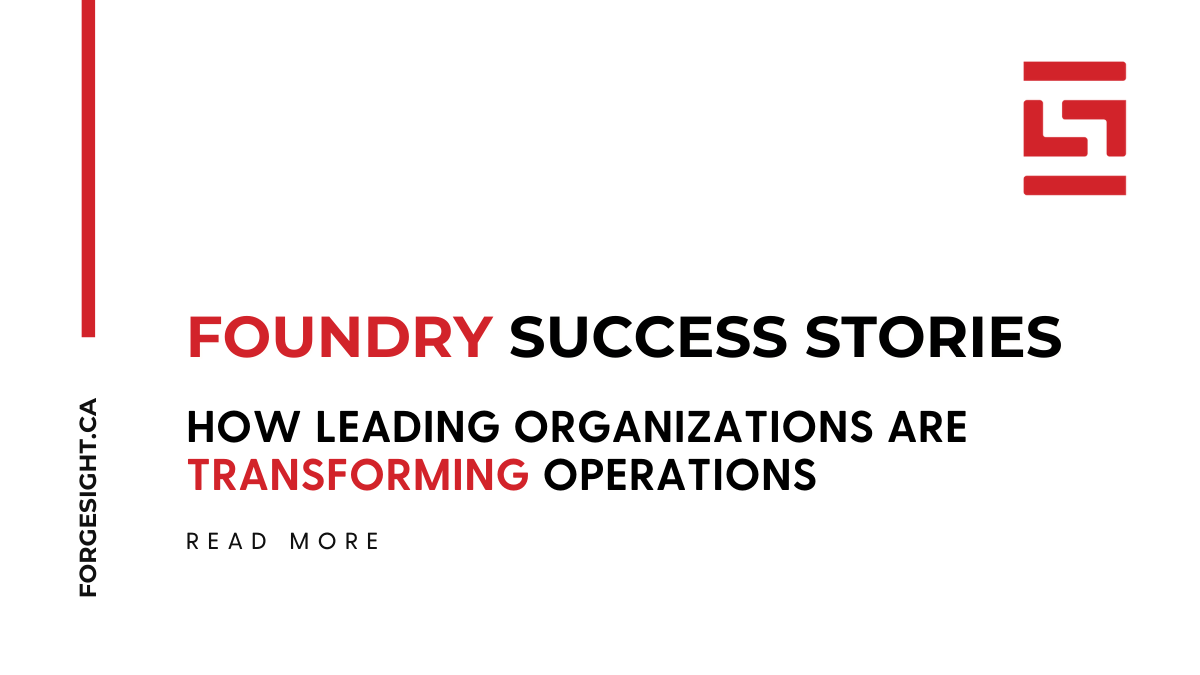
Palantirs Billion Dollar Quarter isn’t just Big – It’s a Signal
Let’s talk about Palantir. Not the buzz, not the stock price—let’s talk about what just happened and why it matters.
In Q2 2025, Palantir crossed a major threshold: $1.004 billion in revenue. That’s not just a number—it’s a statement. It says that AI, when grounded in real-world infrastructure, can scale. It can deliver. And it can transform industries.
But here’s the thing: this isn’t just about hitting a billion. It’s about how they did it.
Commercial Expansion That’s Actually Commercial
Palantir’s U.S. commercial revenue grew 93% year-over-year. That’s not a bump—it’s a rocket. They closed 157 deals over $1 million, and 42 over $10 million. Their top 20 customers now average $75 million annually. That’s deep integration, not just experimentation.
And they’re not just selling software—they’re solving problems.
Customer Wins That Feel Like Magic
This is where it gets exciting. Palantir’s AI isn’t just theoretical—it’s practical. It’s fast. It’s changing how companies operate:
- Citibank: Onboarding time dropped from 9 days to seconds. That’s not efficiency—it’s reinvention.
- Fannie Mae: Mortgage fraud detection went from 2 months to seconds. That’s not just speed—it’s trust.
- Nebraska Medicine: A 2100% increase in discharge lounge utilization. That’s not optimization—it’s care.
- Lear Corporation: They’re leaning into Palantir for automotive AI, calling it a “first mover advantage.”
These aren’t pilot projects. They’re transformations.
The Army Deal That Changes the Game
Palantir also signed a $10 billion, 10-year enterprise agreement with the U.S. Army. It consolidated 75 contracts into one. That’s not just scale—it’s confidence. It’s the government saying, “We trust you to run the backbone.”
Why This Matters
AI is everywhere right now. But most of it is still stuck in the lab or the demo. Palantir is showing what it looks like when AI meets operations, meets compliance, meets reality.
They’re not just building models—they’re building the infrastructure that makes models work in the real world.
And that’s why this billion-dollar quarter isn’t just big—it’s a signal.
Read More Insights on Palantir Technologies in our Blog Today!
